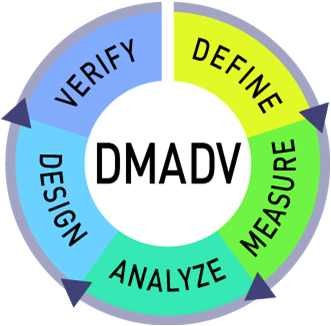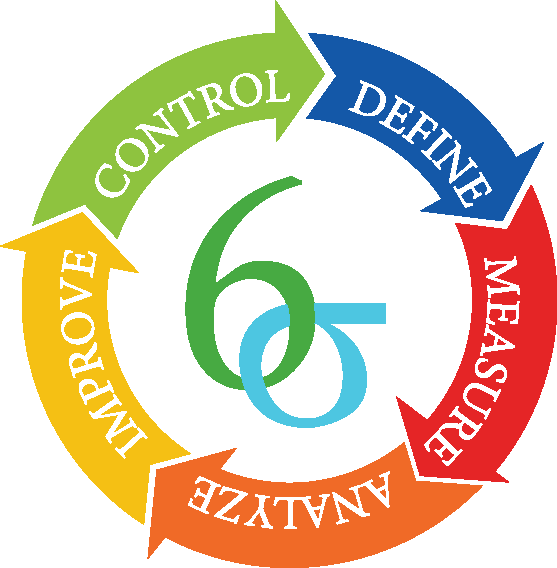The u chart is used with a varying sample size where you are counting the number of defects in the sample. If you remember, the difference between a defect and a defective is this. A defect can be found on an otherwise acceptable product; whereas, a defective means that the whole item is unacceptable. For example, you might have some minor defects in the fabrication of the windshield. The windshield passes inspection even though there are some minor defects. Defects are still undesirable, but there are an insufficient number of defects to render the windshield unusable. If, however, the windshield is cracked, the windshield would be rendered defective, and totally unusable. With the u-chart, we are looking at defects – not defectives, and remember that were looking at a varying (as opposed to constant) sample size. If it was a constant sample size and we were evaluating defects, we would instead be using a c-chart.







